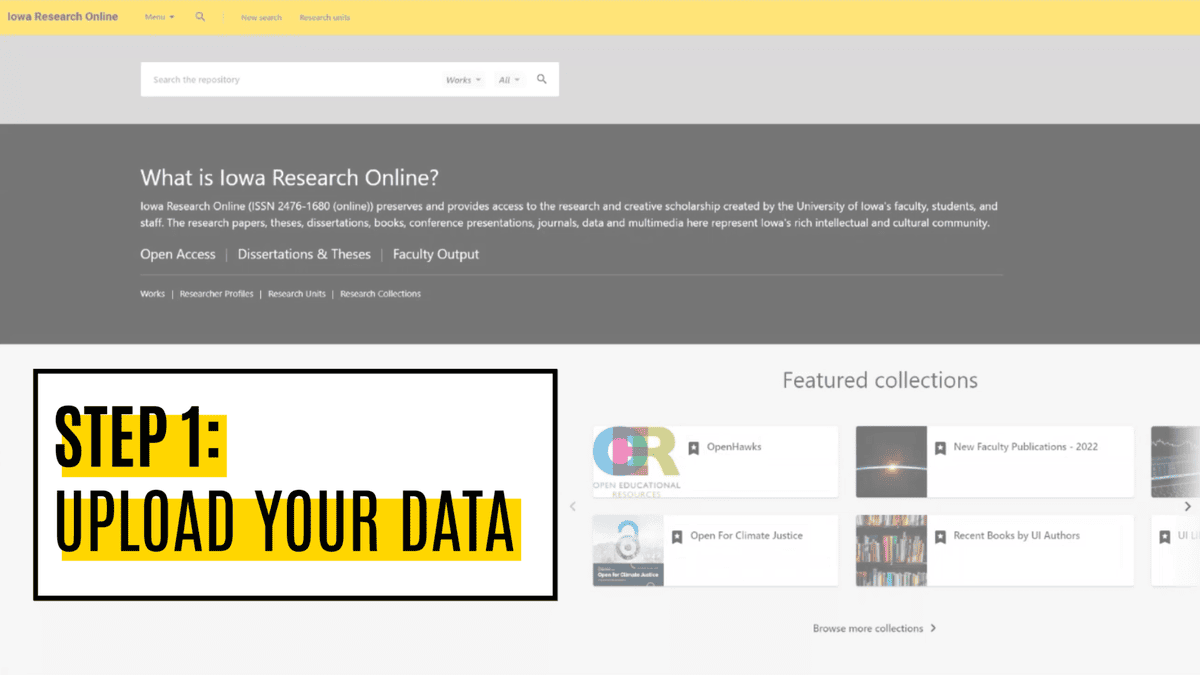Iowa Research Online (IRO) is the institutional repository managed by the University of Iowa Libraries for UI researchers to use for preserving and providing open access to data, code, and other research and creative scholarship. These videos provide a quick introduction to four steps for sharing research data via IRO. For more information, see ourContinue reading “How-To: Uploading Your Datasets into IRO”
Tag Archives: publishing
Guest Post: Expectations Exceeded – My Experience With The Open Access Fund
During the month of Open Access week (October 19-25) we will be highlighting a number of guest posts from University of Iowa Faculty and Staff who have personal experience with Open Access. We appreciate their contributions. The fifth guest post is by Matthew Uhlman, Urology Resident, University of Iowa Hospitals and Clinics. Expectations Exceeded –Continue reading “Guest Post: Expectations Exceeded – My Experience With The Open Access Fund”
Guest Post: The Janus Faces of Open Access Publishing
During the month of Open Access week (October 19-25) we will be highlighting a number of guest posts from University of Iowa Faculty and Staff who have personal experience making their work Open Access. We appreciate their contributions. The second guest post is by Frederick Domann, PhD; Director, Molecular & Cellular Biology Graduate Program; Co-director,Continue reading “Guest Post: The Janus Faces of Open Access Publishing”


